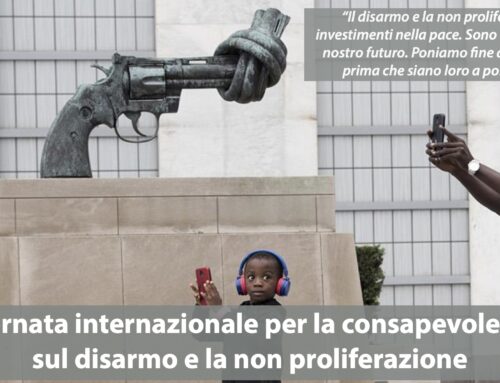Why is this agreement historic and why will 12 December 2015 be remembered as a great day for the planet?
It has been widely recognised, with unanimous agreement from scientists, that the earth’s atmosphere is growing warmer due to greenhouse gas emissions generated by human activity. The aim of the Paris Conference that was held from 30 November to 12 December at the Le Bourget exhibition centre was to come up with a response to this problem, which is threatening to wipe out the human presence in certain parts of the world.
Keeping the rise in temperature below 2°C
This agreement marks a change in direction, towards a new world. It confirms the target of keeping the rise in temperature below 2°C. Scientists believe that a greater increase in temperature would be very dangerous. The agreement even establishes, for the first time, that we should be aiming for 1.5°C, to protect island states, which are the most threatened by the rise in sea levels.
How can we manage to avoid global warming?
By 12 December 2015, 186 countries had published their action plan; each of these plans sets out the way in which they intend to reduce their greenhouse gas emissions. The UN body that deals with climate change (the UNFCCC*) published an evaluation of these contributions on 1 November 2015. This study showed that despite the unprecedented mobilization shown by States, at this rate global warming would still be between 2.7°C and 3°C, i.e. above the threshold set by scientists.
The Paris agreement therefore asks all countries to review these contributions every five years from 2020; they will not be able to lower their targets and are encouraged, on the contrary, to raise them.
In addition, emissions should peak as soon as possible and the countries will aim to achieve carbon neutrality in the second half of the century. This is a real turning point. We are going to gradually stop using the most polluting fossil fuels in order to reach this goal.
How else can States limit the rise in temperature?
The agreement acknowledges that $100 billion (in loans and donations) will need to be raised each year from 2020 to finance projects that enable countries to adapt to the impacts of climate change (rise in sea level, droughts, etc.) or reduce greenhouse gas emissions. The agreement specifies that this amount should increase. Some developing countries will also be able to become donors, on a voluntary basis, to help the poorest countries. This is a first. The agreement schedules an initial meeting in 2025, where further quantified commitments will be made regarding assistance to the poorest countries.
Are all countries equally responsible for global warming?
One of the main principles of climate negotiations is that countries have common but differentiated responsibilities when it comes to climate change, depending on their wealth in particular. The agreement establishes an obligation for industrialized countries to fund climate finance for poor countries, while developing countries are invited to contribute on a voluntary basis. As regards transparency, a stronger system for tracking commitments, which allows developing countries a certain amount of flexibility, has also been set up in order to keep track of everyone’s efforts.
And it is not only States that can protect the climate…
Le Bourget hosted the first “Action Week” (LPAA*), which was an opportunity for local governments, businesses and banks to take action to combat global warming. This is one of the major global shifts that are underway. The Paris agreement proposes continuing the Lima-Paris Action Agenda to ensure that these actors remain mobilized. Two “champions” will be selected from among these actors by the two successive presidencies of the COP (France and Morocco) to encourage them to keep taking action.
When does this agreement enter into force?
The agreement will be open for signing by the countries on 22 April in New York. The agreement can only enter into force once it has been ratified by 55 countries, representing at least 55% of emissions.
Download the agreement and the agreement decoded.







Scrivi un commento